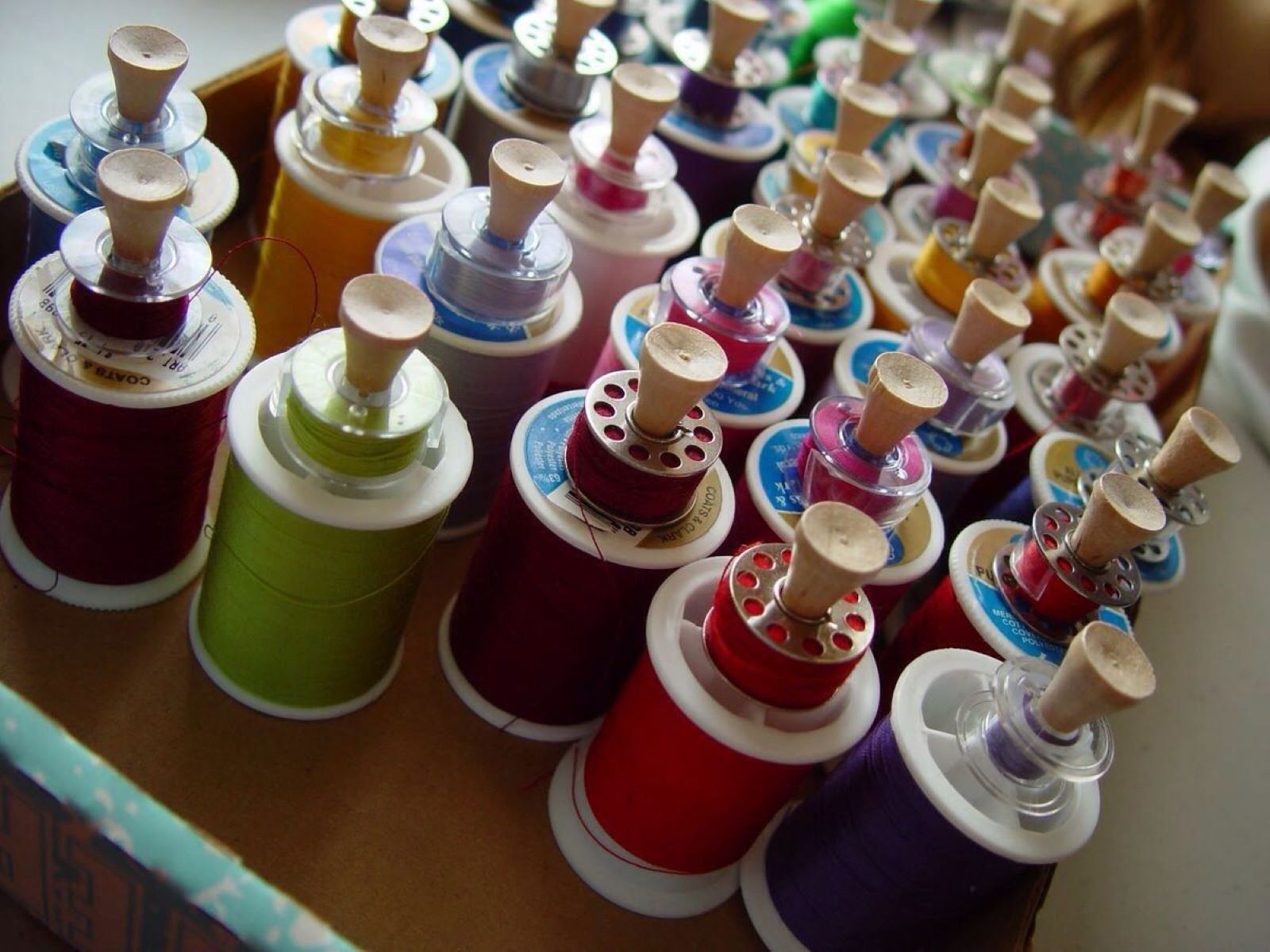

Articles
How To Store Thread Spools
Modified: March 1, 2024
Learn how to store thread spools and keep your articles organized with these simple tips and tricks. Maximize space and prevent tangling with proper storage techniques.
(Many of the links in this article redirect to a specific reviewed product. Your purchase of these products through affiliate links helps to generate commission for Storables.com, at no extra cost. Learn more)
Introduction
Welcome to the wonderful world of sewing and crafting! Whether you’re a beginner or a seasoned pro, one thing is for certain – you’ll accumulate a lot of thread spools over time. From vibrant threads for embroidery to sturdy threads for stitching, each spool is a valuable asset to your crafting arsenal. But how do you keep all these spools organized and easily accessible?
In this article, we’ll explore some useful tips and tricks on how to store thread spools efficiently. By implementing these strategies, you’ll not only save time searching for the right thread but also ensure that your spools are well-maintained and protected from dust, tangling, and damage.
Let’s dive in!
Key Takeaways:
- Efficiently store and organize thread spools by size using thread racks, drawer dividers, or clear plastic containers. Label or color-code sections for easy access, saving time and keeping your crafting area clutter-free.
- Utilize creative storage solutions such as wall-mounted racks, thread organizers, and pegboards to not only keep thread spools organized and accessible but also add a decorative element to your crafting space. Embrace the opportunity to turn your thread collection into a visually appealing display!
Read more: How To Store Spools Of Thread
Organizing Thread Spools by Size
When it comes to thread spool organization, one of the simplest and most effective methods is to sort them by size. By grouping spools of similar sizes together, you can easily locate the thread you need without having to rummage through a jumble of different-sized spools.
To start, gather all your thread spools and separate them into three categories – small, medium, and large. You can use a ruler or a measuring tape to determine the size of each spool. Once you have categorized them, you can choose one of the following methods to store them:
- Thread racks: Invest in a thread rack specifically designed for different spool sizes. These racks have multiple horizontal rods where you can slide your spools onto. This not only keeps them organized but also makes it easy to view and access your threads.
- Drawer dividers: If you prefer a more compact storage solution, consider using drawer dividers. These dividers come in various sizes and can be adjusted to fit your drawer dimensions. Simply place the dividers in your drawer and arrange your spools by size in each section.
- Clear plastic containers: Another option is to use clear plastic containers with compartments. You can find these containers in craft stores or online. Separate each compartment by size and place the corresponding spools inside. The transparent nature of the container allows you to easily identify the thread color and size.
No matter which method you choose, make sure to label or color-code the different sections to further streamline your organization system.
By organizing your thread spools by size, you’ll be able to find the perfect thread for your project quickly. This saves you valuable time and keeps your crafting area clutter-free.
Storing Thread Spools in Clear Containers
Clear containers are a popular choice for storing thread spools due to their visibility and versatility. They allow you to see the colors and sizes of the threads at a glance, making it easy to find the perfect spool for your project. Here are a few tips on how to effectively store thread spools in clear containers:
- Choose the right container size: Look for clear containers with compartments that are large enough to accommodate your thread spools. Make sure the compartments are wide enough so that the spools can fit without any tension or bending.
- Arrange by color or project: Depending on your preference, you can organize your thread spools by color or by the project they are intended for. This helps you quickly locate the desired thread when you’re working on a specific project or need a particular color.
- Consider stackable containers: If you have a large collection of thread spools, consider investing in stackable or nesting clear containers. These containers allow you to maximize space and store a larger number of thread spools without taking up too much room in your craft area.
- Add labels or color-coded stickers: To further enhance organization, add labels or color-coded stickers to the outside of each compartment. Labeling the compartments with the color, brand, or thread type makes it even easier to find the desired spool quickly.
- Keep the containers in a cool and dry place: To preserve the quality of your thread spools, store the clear containers in a cool and dry location. Extreme temperatures and humidity can affect the thread’s quality and color over time, so it’s best to keep them in a controlled environment.
Clear containers provide a neat and accessible storage solution for your thread spools. Not only do they keep your threads protected and visible, but they also contribute to a visually appealing and organized craft space.
Utilizing Wall-Mounted Racks for Thread Storage
Wall-mounted racks are a fantastic option for thread storage, especially if you have limited space on your craft table or desk. By utilizing vertical space on your wall, you can keep your thread spools easily accessible while creating a unique and decorative display. Here are some tips on how to effectively use wall-mounted racks for thread storage:
- Choose the right rack: When selecting a wall-mounted rack, consider the number of thread spools you have and the size of the rack. Some racks have individual pegs or hooks that allow you to hang each spool individually, while others have horizontal rods where you can slide the spools onto. Choose a rack that can accommodate your collection and is sturdy enough to hold the weight of the spools.
- Arrange your spools creatively: Use your wall-mounted rack as an opportunity to showcase your thread collection in an aesthetically pleasing way. You can arrange the spools by color gradient, brand, or even based on the projects you commonly work on. Get creative and play around with different arrangements to create a visually appealing display.
- Add labels or color-coded tags: To make it easier to find the desired thread, consider adding labels or color-coded tags to each spool. This way, you can quickly identify the color or thread type without having to remove each spool from the rack.
- Consider additional storage options: If your wall-mounted rack doesn’t have enough space for all your thread spools, consider incorporating other storage options alongside it. For example, you can attach small baskets or trays to the wall near the rack to hold extra spools, bobbins, or other sewing accessories.
- Position the rack strategically: Place the wall-mounted rack in a convenient and accessible location in your craft area. Consider mounting it near your sewing machine or work area so that you can easily grab the thread you need while working on a project.
Wall-mounted racks not only provide a functional storage solution for your thread spools but also serve as a decorative element in your crafting space. Embrace the opportunity to turn your thread collection into a visually appealing display!
Using Thread Organizers with Individual Compartments
If you’re someone who wants a more organized and compact storage solution for your thread spools, consider using thread organizers with individual compartments. These organizers are designed specifically for thread storage, offering individual slots or compartments for each spool. Here are some tips on how to effectively use thread organizers with individual compartments:
- Choose the right organizer: Look for a thread organizer with compartments that are the right size for your thread spools. Ensure that the compartments are wide enough to prevent the spools from tangling or getting stuck.
- Arrange by color or type: Jot down your preferred method of organization and arrange the spools accordingly. You can organize them by color, thread type, or even the projects they are intended for. Sorting them in this manner ensures that you can quickly locate the desired thread without rummaging through the entire organizer.
- Stack or store vertically: Depending on the design of your thread organizer, you may have the option to stack multiple organizers on top of each other. This is especially useful when you have a large collection of thread spools. Alternatively, if your organizer is designed to be stored vertically, find a suitable spot where you can easily access and see all the compartments.
- Label the compartments: To further enhance organization and ease of use, consider labeling each compartment with the corresponding color or thread type. You can use small adhesive labels or even use a label maker for a neater appearance. This simple step can save you time and frustration when searching for a specific thread in a hurry.
- Keep the organizer in a secure place: Store your thread organizer in a secure and stable location to prevent it from accidentally tipping over. If you have curious pets or young children, make sure it’s out of their reach to avoid any accidents or spools getting tangled.
Thread organizers with individual compartments provide a neat and efficient way to store and access your thread spools. By utilizing these organizers, you can keep your threads organized, visible, and protected.
Store thread spools in a clear plastic container with dividers to keep them organized and easily accessible. This will also protect them from dust and damage.
Read more: How To Store Thread
Creating a Thread Storage Drawer
If you have a spare drawer in your craft room or sewing area, you can transform it into a dedicated thread storage space. Creating a thread storage drawer allows you to keep your thread spools neatly organized and easily accessible. Here are some steps to help you create an efficient thread storage drawer:
- Empty and clean the drawer: Start by emptying the contents of the drawer and giving it a thorough cleaning. Remove any debris or dust and wipe the surfaces clean. This will provide a fresh and clean environment for your thread storage.
- Measure the drawer: Measure the dimensions of the drawer, including the height, width, and depth. This will help you determine the best storage solutions that will fit perfectly in the drawer.
- Choose storage inserts: There are various types of storage inserts available that are specifically designed for thread spools. Consider options such as foam inserts with individual slots or trays with compartments. Look for inserts that will fit snugly in the drawer and accommodate your collection of thread spools.
- Organize by color or size: Sort your thread spools by color or size and arrange them in the designated compartments of the storage inserts. This will make it easier to find the specific thread you need for your projects.
- Add dividers or labels: To further enhance organization and ease of use, consider adding dividers or labeling each section of the storage inserts. Dividers can help separate different types of threads or brands, while labels can provide quick identification of thread colors or types.
- Utilize the remaining space: If there is any remaining space in the drawer, you can use it to store additional sewing supplies such as bobbins, scissors, or measuring tapes. Use small containers or organizers to keep these items organized and easily accessible.
- Keep the drawer closed: To protect your thread from dust and light exposure, make sure to keep the drawer closed when not in use. This will help maintain the quality and longevity of your thread spools.
Creating a thread storage drawer provides a convenient and visually appealing solution for organizing your thread collection. It keeps your threads protected, accessible, and simplifies the process of finding the perfect thread for your sewing projects.
Keeping Thread Spools in Thread Boxes
If you prefer a compact and portable storage solution for your thread spools, utilizing thread boxes is a great option. Thread boxes are specifically designed to accommodate multiple spools of thread, keeping them organized and protected. Here are some tips for effectively keeping thread spools in thread boxes:
- Choose the right size thread box: Consider the size of your thread spools and the number of spools you have. Opt for a thread box that can comfortably fit your collection without overcrowding or causing the spools to bend or tangle.
- Arrange the spools by color or type: Sort your thread spools by color or type and arrange them in the thread box accordingly. This makes it easier to locate the desired thread quickly, especially if you have a large collection.
- Consider adjustable spool holders: Look for thread boxes that come with adjustable spool holders. These holders can be moved or removed, allowing for customization based on the size and shape of your thread spools. This ensures a secure fit and prevents spools from rolling around and becoming tangled.
- Add labels or color-coded tags: To make it even easier to find the specific thread you need, consider adding labels or color-coded tags to each spool or section of the thread box. This helps to quickly identify the desired color or type of thread without having to sift through every spool in the box.
- Stack or store multiple thread boxes: If you have a large thread collection, you can stack or store multiple thread boxes together. Look for thread boxes that are designed to fit together securely, allowing you to store them vertically and save space in your craft area.
- Keep the thread boxes in a cool, dry place: It’s important to store your thread boxes in a cool and dry environment to ensure the longevity of your threads. Extreme temperatures and humidity can affect the quality and color of the threads over time, so be mindful of where you place them.
- Consider thread box organizers: If you want to take your thread box organization to the next level, consider investing in thread box organizers. These organizers come with small compartments or drawers that allow you to further sort and categorize your thread spools, making it even easier to find the desired thread.
Keeping thread spools in thread boxes provides a compact and versatile storage solution. It allows you to easily transport your thread collection and keep them protected from dust and damage, while still keeping them organized and accessible as needed.
Hanging Thread Spools on Pegboards
If you’re looking for a creative and visually appealing way to store and display your thread spools, consider hanging them on pegboards. Pegboards offer a versatile storage solution that allows you to customize the arrangement of your thread spools. Here are some tips on how to effectively hang thread spools on pegboards:
- Select the right pegboard: Choose a pegboard that is large enough to accommodate your thread collection. Consider the number of thread spools you have and ensure that the pegboard has enough space to hang each spool without overcrowding.
- Arrange the pegboard: Before hanging your thread spools, plan the arrangement of the pegboard. Consider grouping spools by color, size, or even the projects you commonly work on. This will not only make it visually appealing but also make it easier to find the specific thread you need.
- Hang the thread spools: Use hooks or pegboard accessories designed specifically for hanging thread spools. Place the hooks or accessories strategically on the pegboard and hang the thread spools securely. Make sure the thread spools are evenly spaced to create a balanced and organized display.
- Utilize storage bins or cups: If you have smaller thread spools or extra accessories, consider incorporating storage bins or cups on the pegboard. Attach small containers to the pegboard where you can store bobbins, needles, or other sewing supplies.
- Add labels or color-coded tags: To make it easier to identify the specific thread you need, consider adding labels or color-coded tags to each thread spool or section of the pegboard. This will save you time and frustration when searching for the desired thread.
- Enhance the display: Get creative and enhance the display of your thread spools on the pegboard. You can add decorative elements such as washi tape or labels with fun patterns to make it visually appealing. This not only adds a personal touch but also makes your thread collection a focal point in your craft room.
- Regularly organize and update: Take the time to regularly organize and update your thread spools on the pegboard. As you use and acquire new threads, make adjustments to the display to ensure it remains neat and well-organized.
Hanging thread spools on pegboards provides a unique and customizable storage solution. It not only keeps your thread collection organized and easily accessible but also adds a decorative element to your craft space.
Travel-Friendly Thread Storage Solutions
For crafters who love to take their projects on the go, having a travel-friendly thread storage solution is essential. The last thing you want is a tangled mess of thread when you’re crafting away from home. Here are some tips for storing thread spools when you’re on the move:
- Thread organizers: Invest in compact thread organizers specifically designed for travel. These organizers often have individual compartments or sleeves to keep your thread spools separate and organized. Look for ones that are sturdy and offer secure closures to prevent the spools from unraveling during transport.
- Bobbin holders: Don’t forget about your bobbins! Use bobbin holders or cases to keep your bobbins neatly organized and prevent them from tangling with your thread spools. Many bobbin holders are designed to be compact and travel-friendly, making it easy to bring along the necessary colors for your projects.
- Portable thread cases: Look for thread cases that are specifically designed for travel. These cases often have a compact size and come with foam inserts or removable trays to secure your thread spools in place. Some cases even have clear covers or windows, allowing you to easily see the colors and types of thread inside.
- Thread wraps or spool wraps: Thread wraps or spool wraps are strips of fabric or foam that can be wrapped around your thread spools to keep them from unwinding during travel. These wraps often have built-in closures, such as Velcro or elastic, to secure the thread spools in place and prevent tangling or unraveling.
- Zippered pouches or bags: Use zippered pouches or bags to store your thread spools and other crafting essentials. Look for ones with multiple compartments or pockets to keep everything organized and easily accessible. Choose pouches with sturdy zippers to ensure that all your thread spools remain in place while on the go.
- Small tackle boxes: Consider repurposing a small tackle box for your thread storage needs. These boxes often come with adjustable compartments, making it easy to customize the size and arrangement to fit your thread spools. Tackle boxes are typically durable and come with secure closures, making them suitable for travel.
- Labeling and color-coding: Regardless of the storage solution you choose, make sure to label or color-code your thread spools for easy identification. This will save you time and frustration when searching for the specific color or type of thread you need while on the go.
With the right travel-friendly thread storage solution, you can keep your thread spools organized and tangle-free, allowing you to focus on your craft projects wherever you go.
Read more: How To Store Ribbon Spools
Conclusion
Organizing and storing your thread spools in an efficient and orderly manner is essential for any sewing or crafting enthusiast. By implementing the right storage solutions, you can save time and frustration while maintaining the quality and accessibility of your thread collection.
From organizing thread spools by size to utilizing wall-mounted racks, clear containers, thread organizers, and thread storage drawers, there are numerous options to choose from. Each method offers its own benefits and allows you to customize the organization system based on your preferences and the size of your thread collection.
By keeping your thread spools neatly organized, you can quickly locate the desired thread for your projects, saving you valuable time and effort. You can sort them by color, project, or even thread type, depending on your personal preferences and organizational needs.
Remember to label or color-code your thread spools for easy identification, especially when you have a large collection. This simple step can make a significant difference in finding the right thread quickly and efficiently.
Whether you choose to hang your thread spools on pegboards, store them in thread boxes, or opt for travel-friendly storage solutions, make sure to keep your collection protected from dust and humidity. Proper storage and maintenance will help maintain the quality and longevity of your threads.
Ultimately, the goal is to create an organized and visually appealing space that sparks creativity and makes your sewing or crafting projects a joy to undertake. Experiment and find the storage solutions that work best for your needs, and enjoy the process of organizing and displaying your beloved thread spools.
Frequently Asked Questions about How To Store Thread Spools
Was this page helpful?
At Storables.com, we guarantee accurate and reliable information. Our content, validated by Expert Board Contributors, is crafted following stringent Editorial Policies. We're committed to providing you with well-researched, expert-backed insights for all your informational needs.
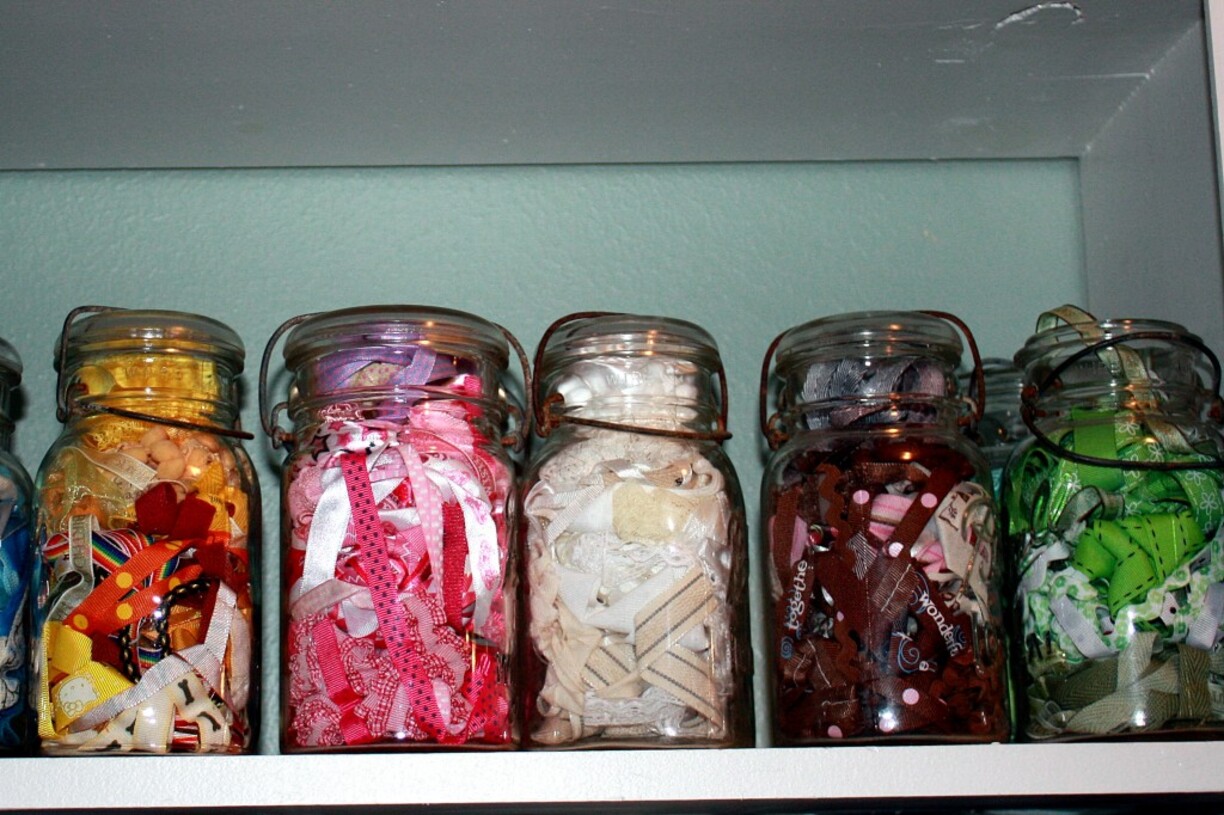
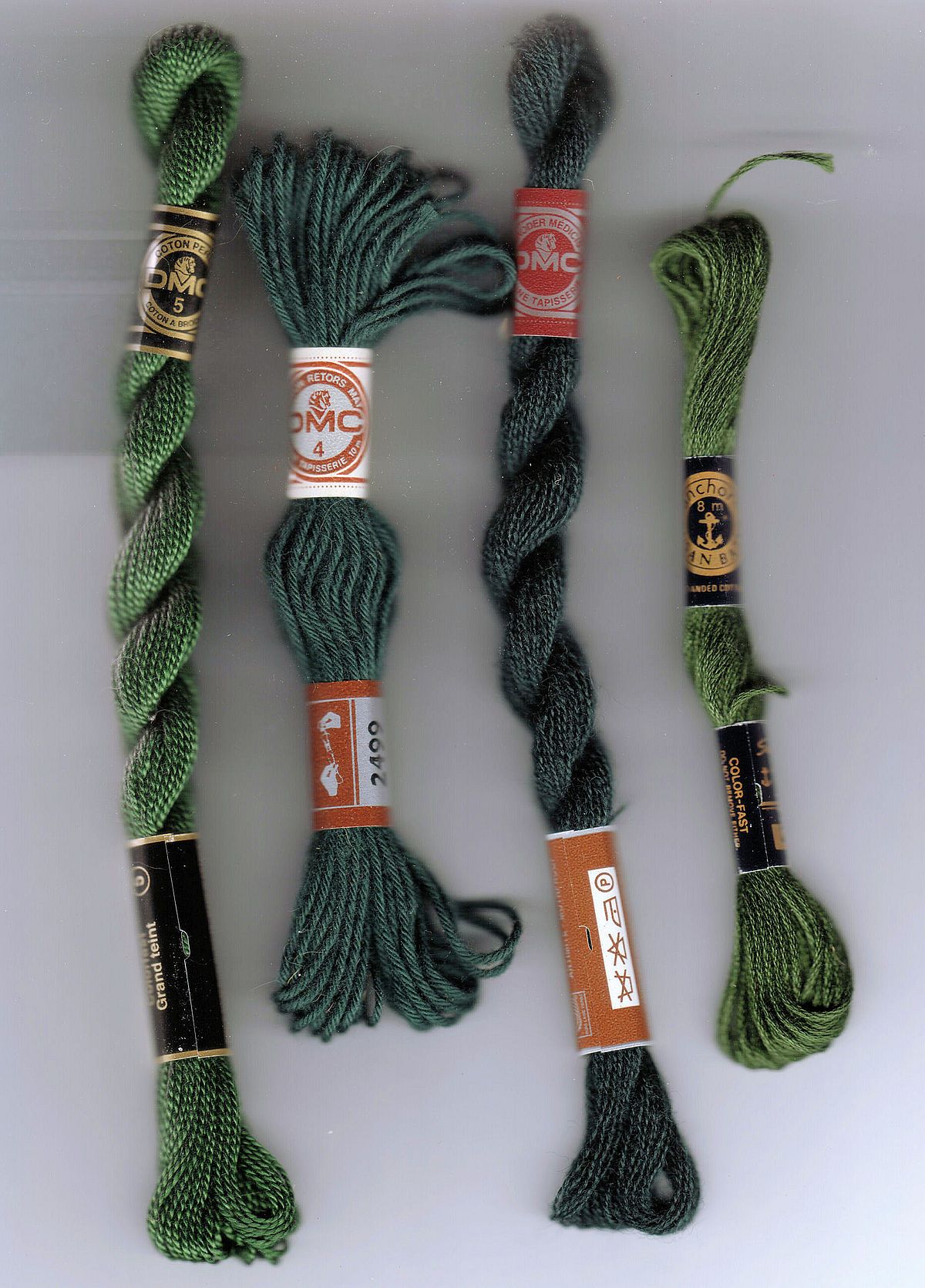
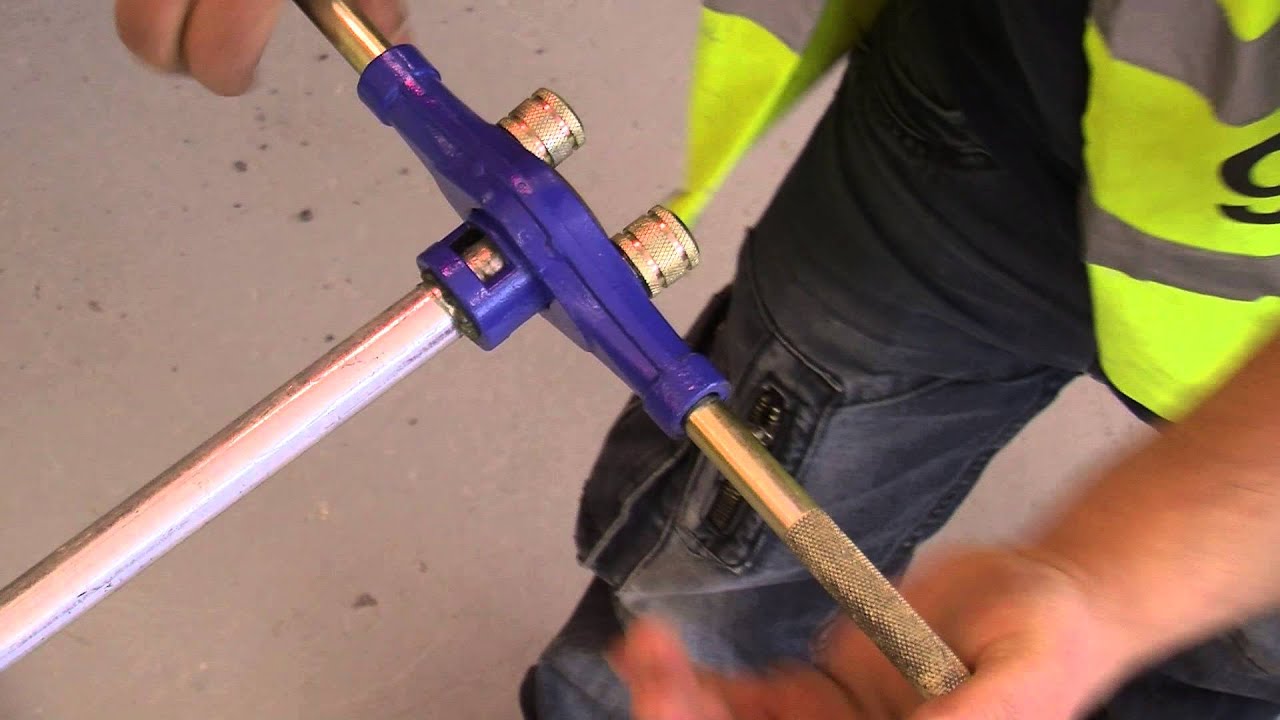

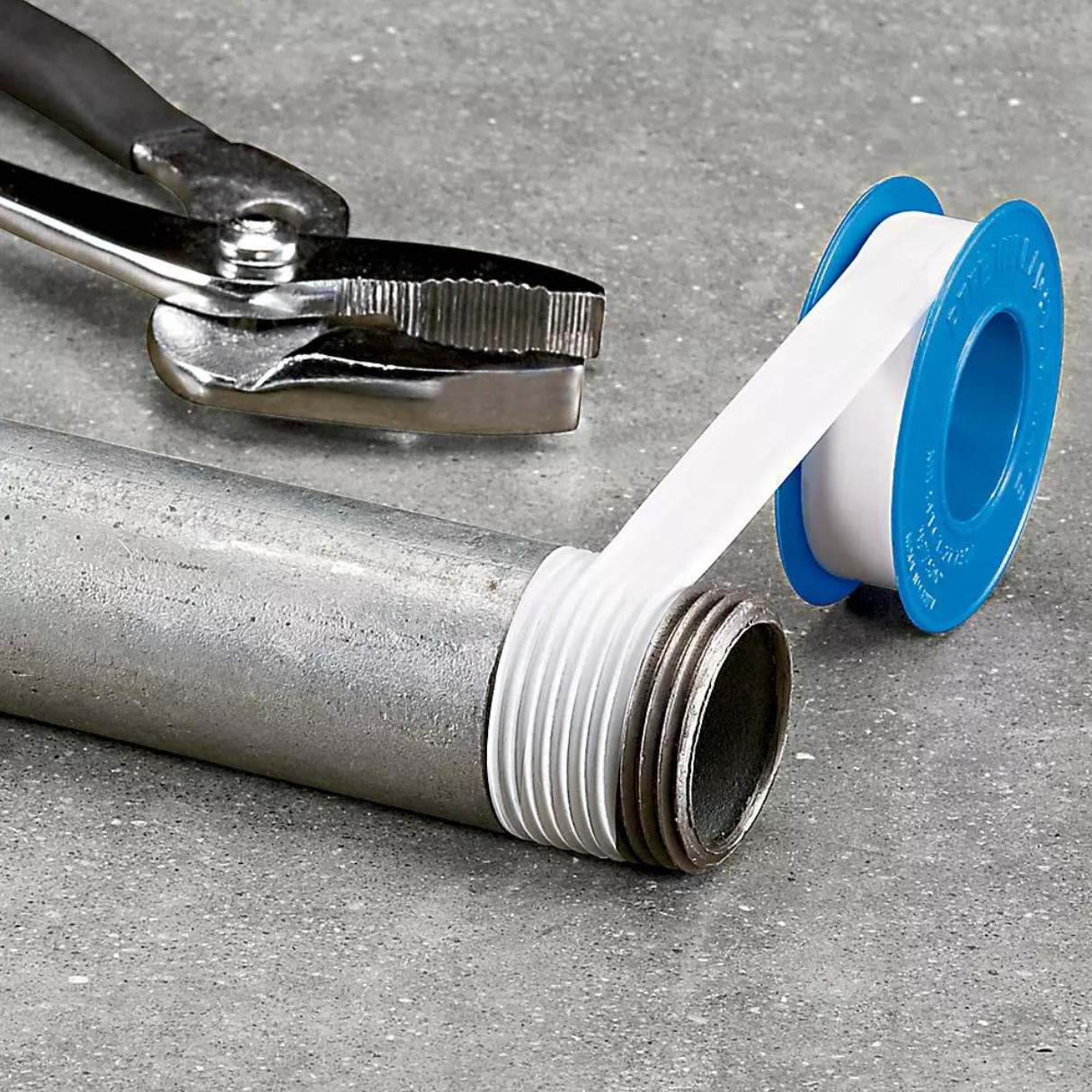
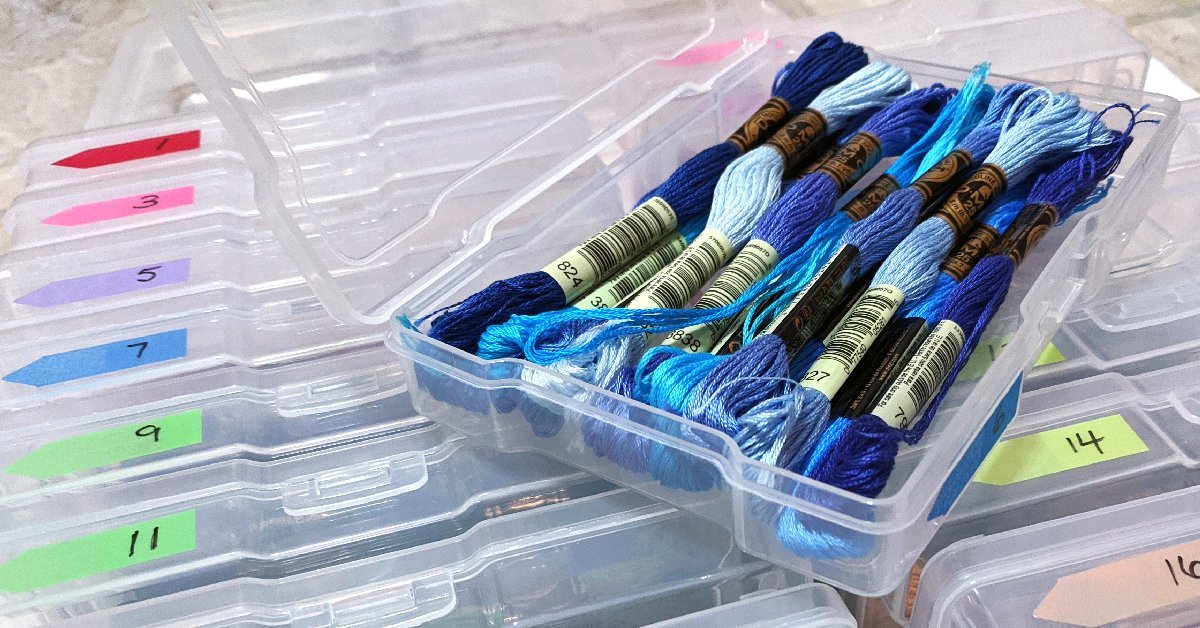
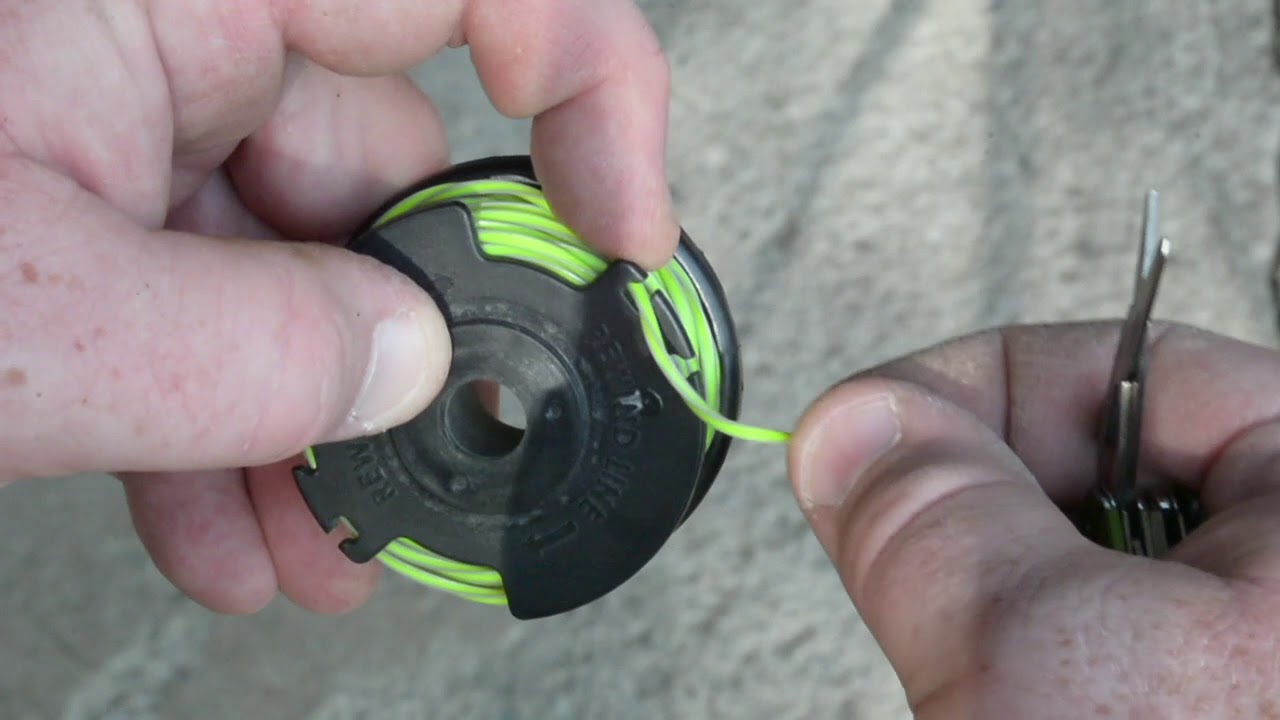
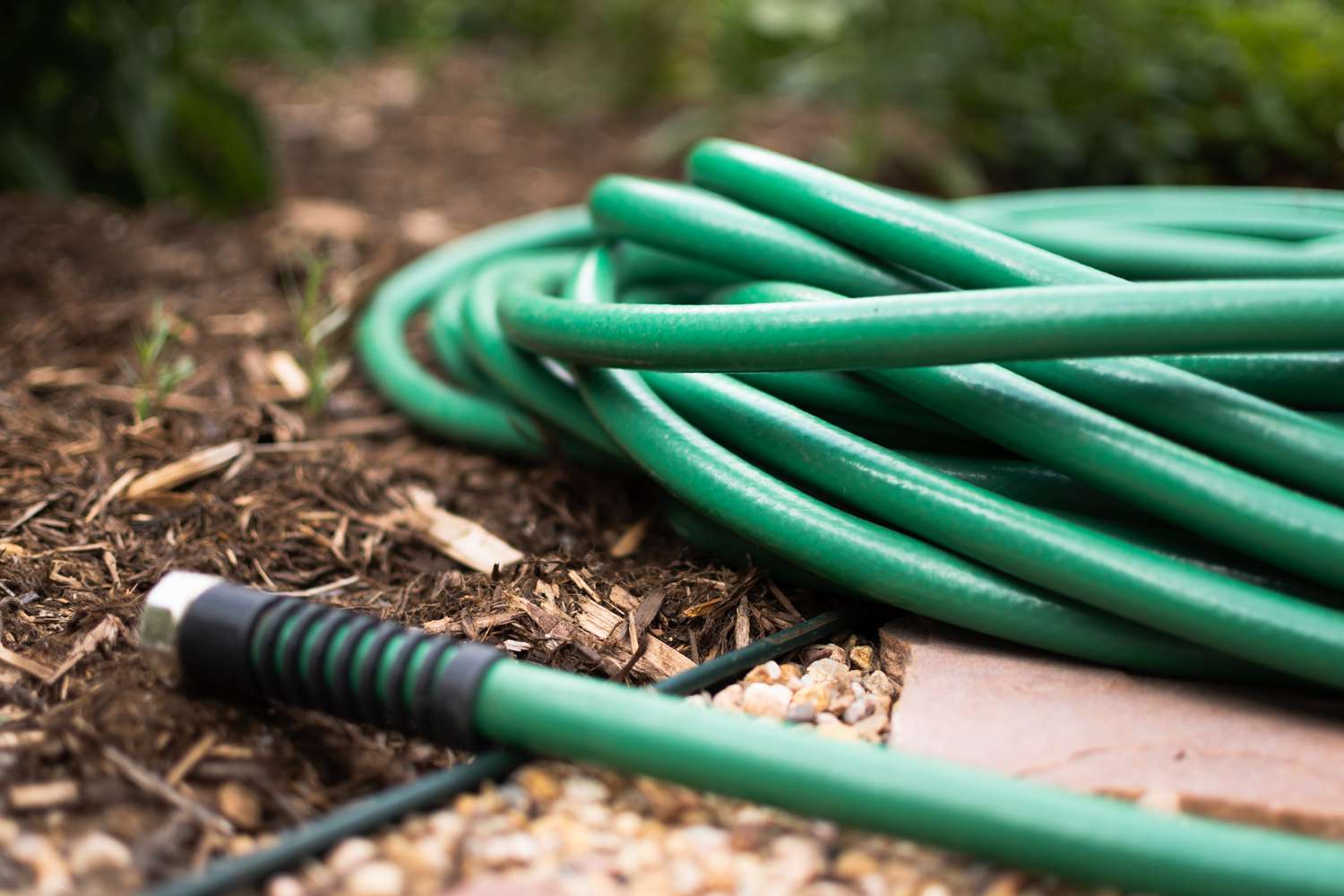
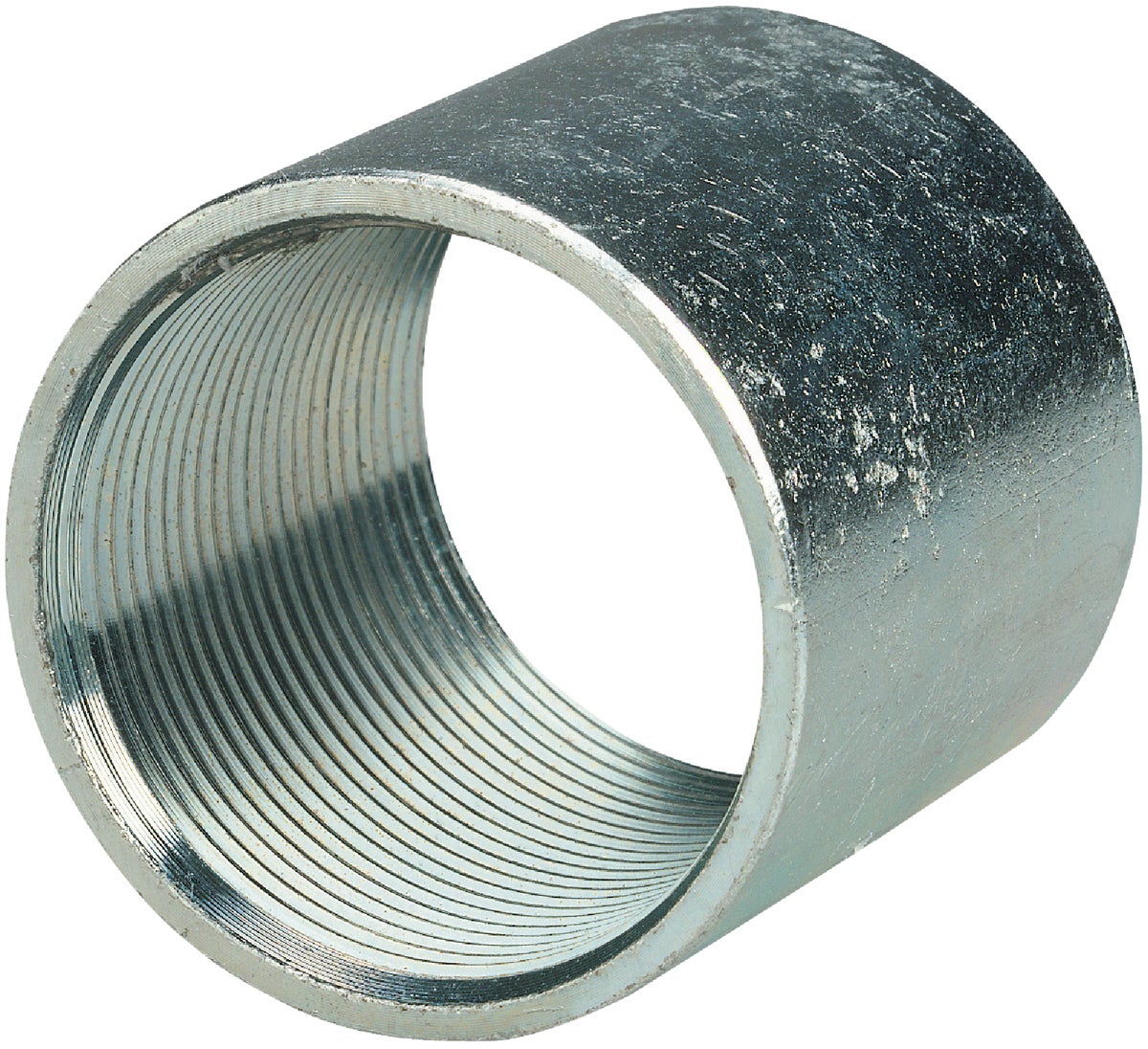
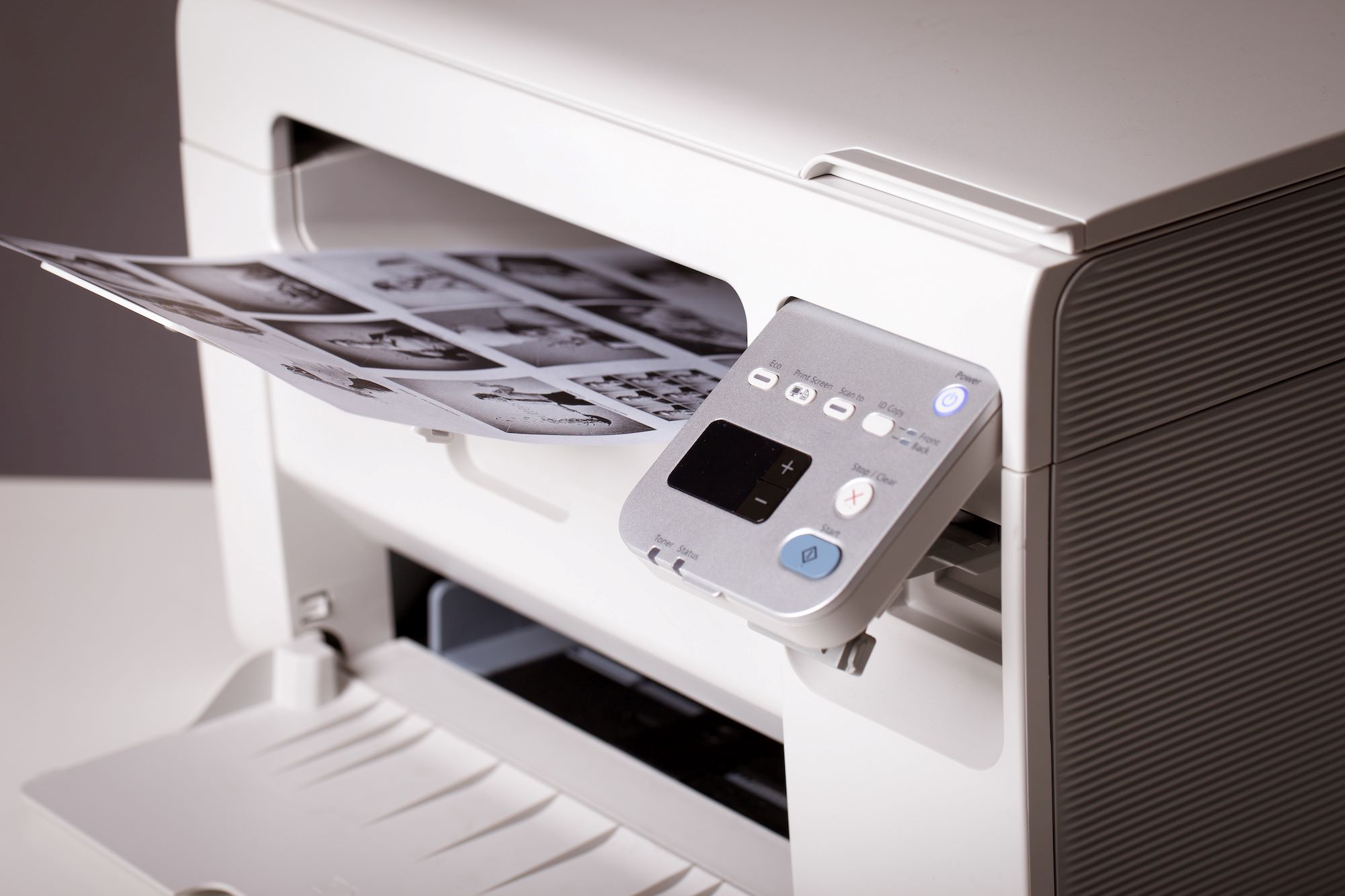

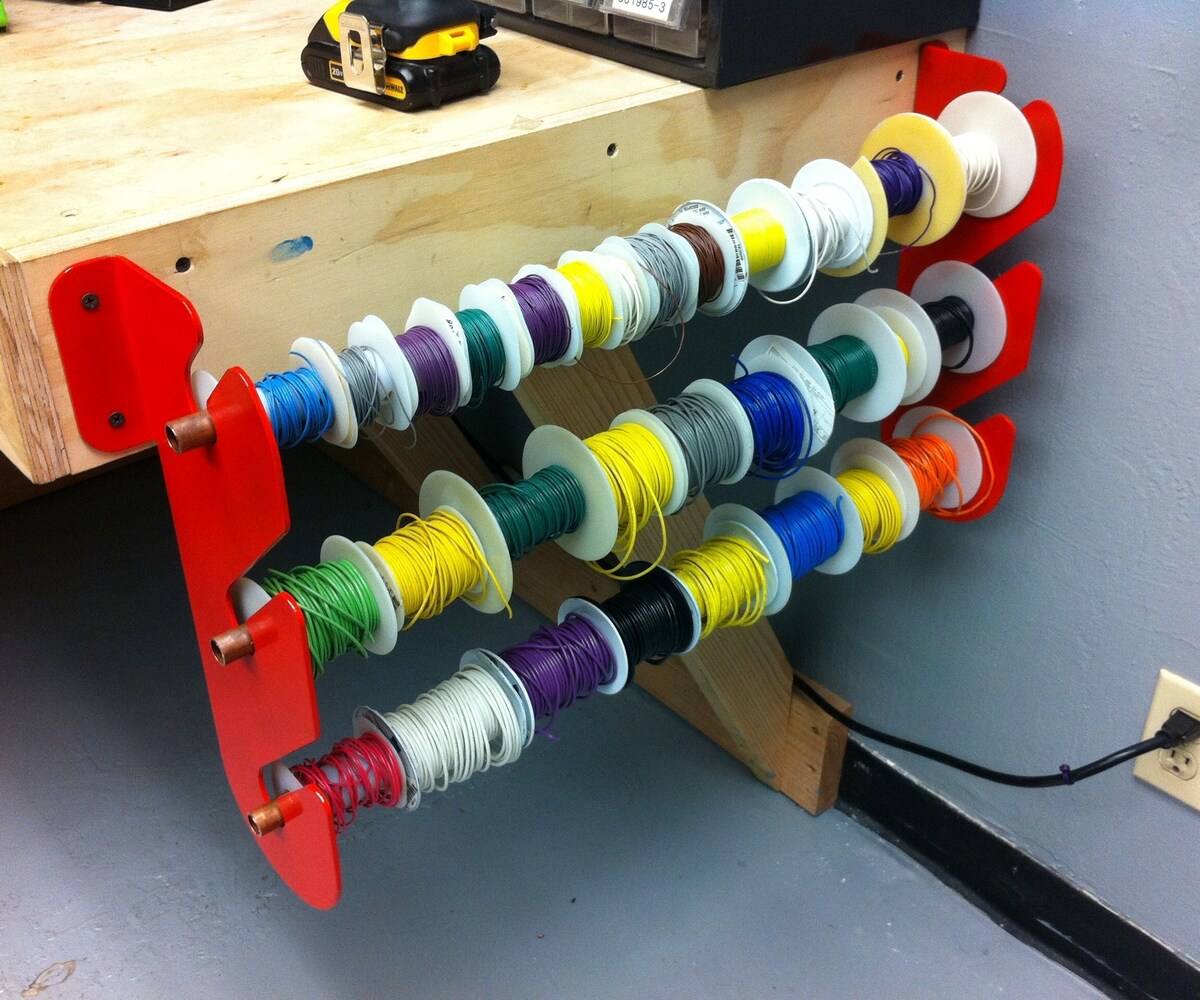
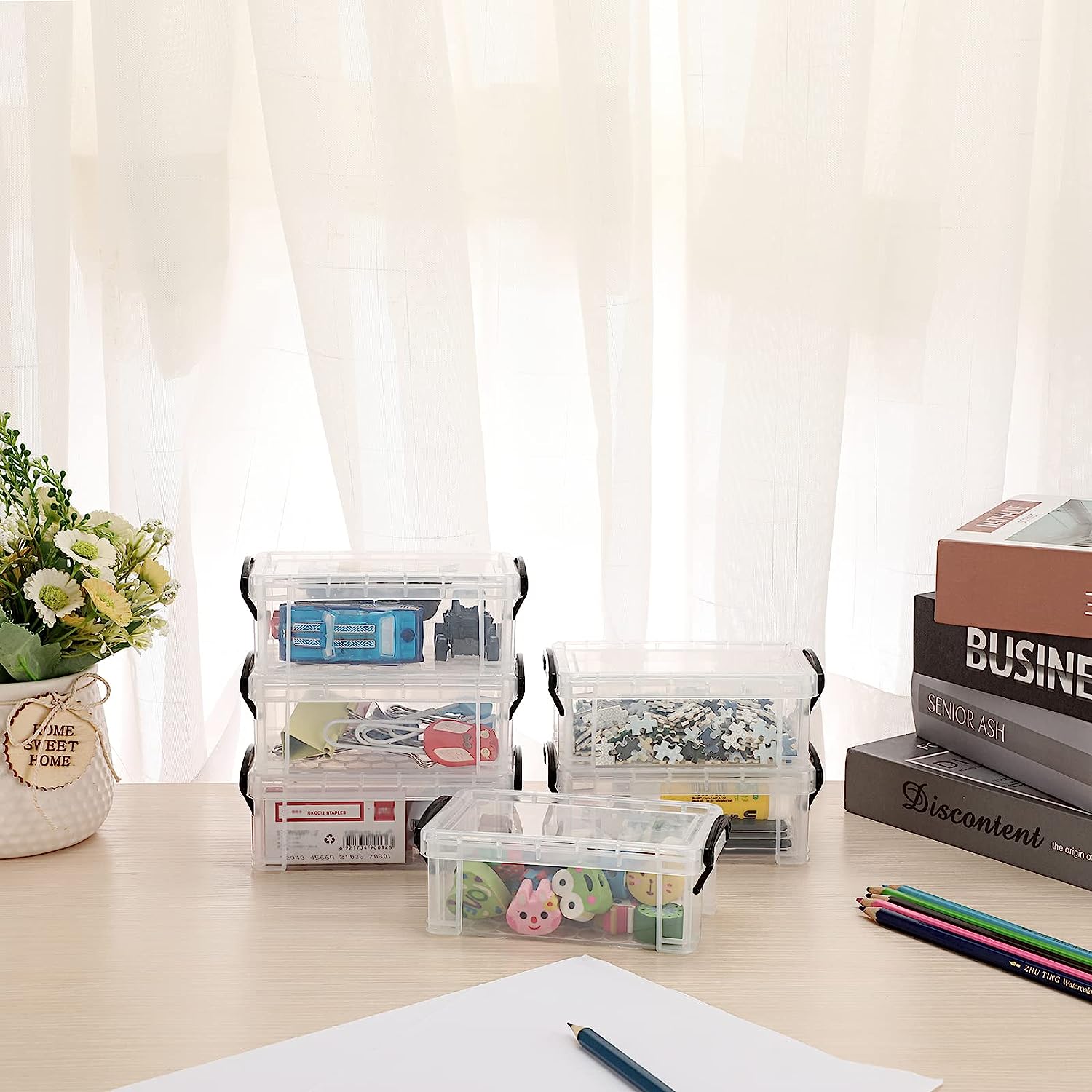

0 thoughts on “How To Store Thread Spools”